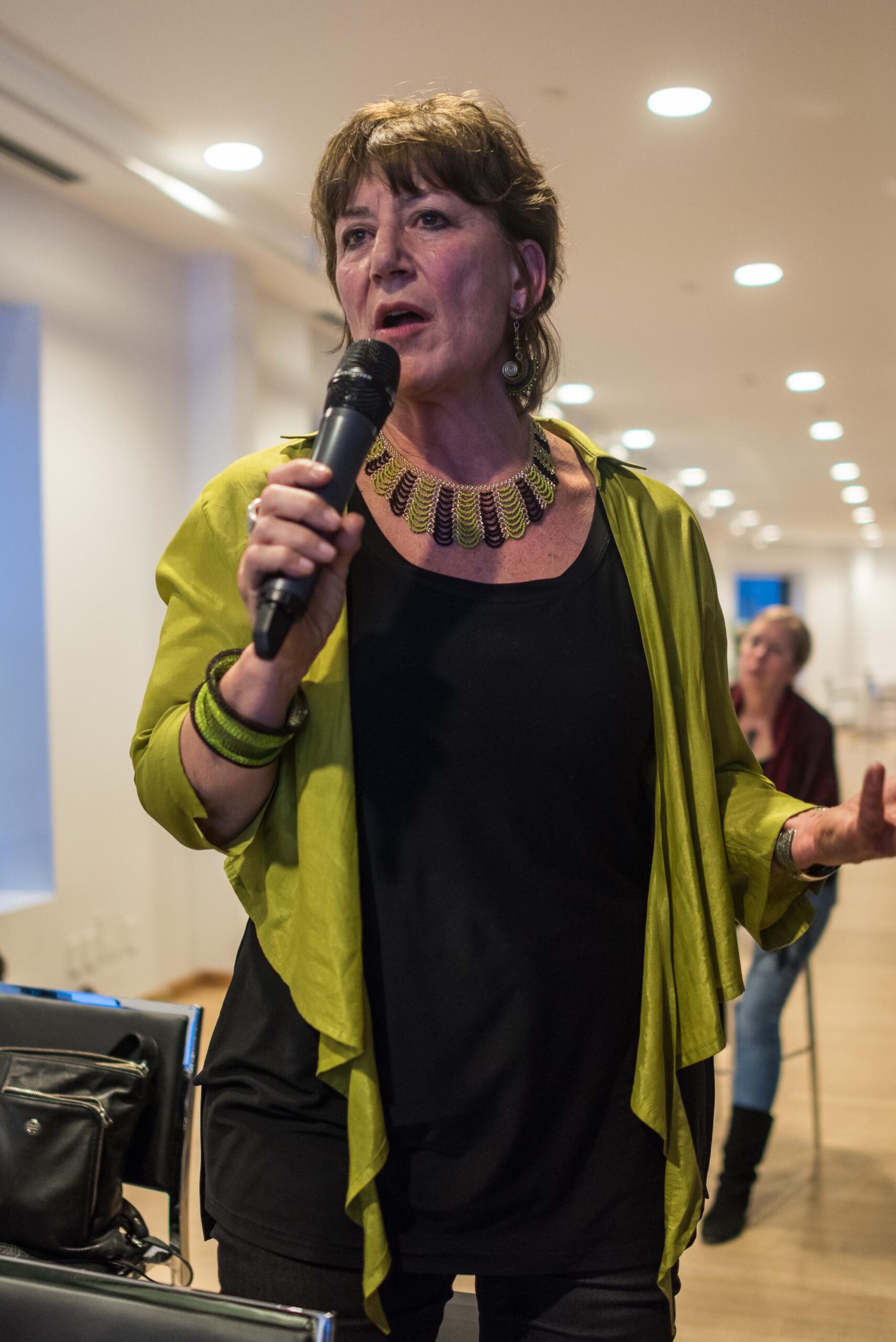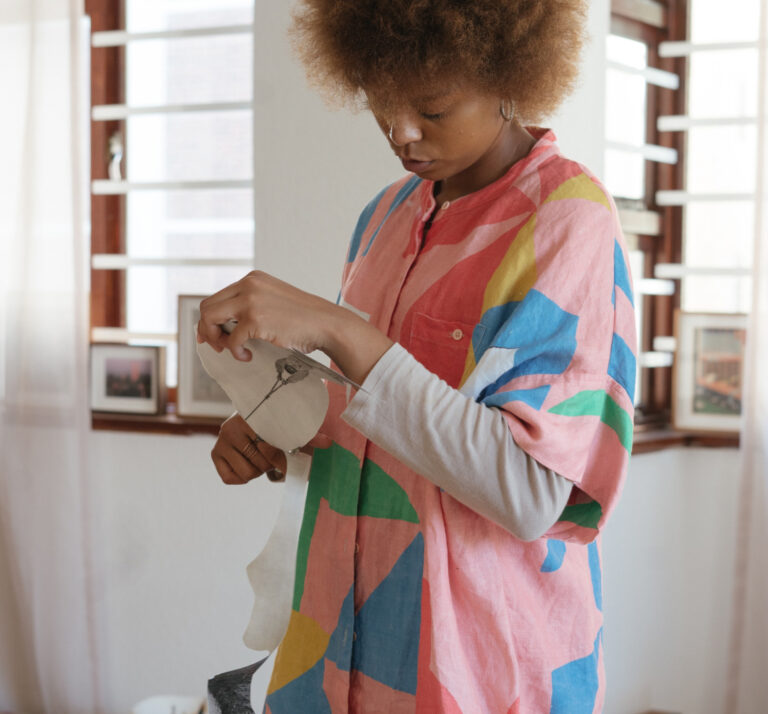Throughout my career, I have been consistently interested in the relationship, juxtaposition, even the confrontation between the landscape and the traces we leave behind. For me, these places are works of the mind, repositories of memories and obsessions of the people who gaze upon it.
My photographic work began with an interest in the urban landscape, more specifically the streets of my city, Montreal. This evolved into my Concordia University master’s thesis project, which juxtaposed the advertising bus shelters of New York City with the realities of city life, creating fictions about people’s lives.
This in turn led me to explore Montreal’s Mont Royal Park, an oasis in the center of the city, which embodied the stories of my childhood and layered them with the memories of all the other people who walked its pathways. On the mountain, I reconnected with a spiritual longing for my home prior to the linguistic and economic upheaval it was experiencing. I used infrared film to move the images away from reality and into the realm of the imagination. This project invited the viewer to consider the historical and cultural significance of place. This resulted in a monograph and exhibition.
In 2006, I began an investigation into the garden as a repository of memory and theatre. The Garden at Night began with an unplanned night in the Jardin de Métis, photographing the plants and pathways with a flashlight. My creative production focused on documenting the human experience of landscape and site, specifically botanical gardens after dark. This foray into the realm of darkness led to a six-year project that again moved me away from reality into a world of imagination and narrative. These images are my relationship to this world.
There are three monographs and a travelling exhibition that were created for this project.
For my last project titled The Gaspe Peninsula: Land on the Edge of Time, I took inspiration from the settlers from France and the Guernsey Islands who came to fish and settle in Quebec. In this series, I explore historical and local sites in this isolated region in an effort to reconcile its complex history. Looking to the land for signs of the past, and recording the traces of the present, which emerge from the snow, I investigate the relationship between landscape and regional identity. The resulting narrative reveals the details that relate exploration, settlement, cultural preservation and modern tourism.
For my present project, I am exploring the landscape and the history of part of the Fertile Crescent referred to as the Negev Desert in Israel. I am fascinated by the passage of countless civilizations, such as like the Nebateans, the Byzantines, the Romans and the Ottomans amongst others who passed through this area and left traces of their civilizations behind. For me, this landscape and architecture have the innate capacity to be understood as locations where time is layered and compacted.
Like a photograph, which compresses time, capturing its subject at a given moment, without necessarily defining that moment, the sites I am visiting along the incense route, compress time and create stories which explore the interconnectedness of history, culture and religion and their impact on the landscape.
My photographs of cultural landscapes draw from my reflections on personal experience, cultural authenticity and the collective memory of specific sites. My photographic process often involves spending time in the landscape, contemplating these specific locations, which provides an opportunity to contemplate, ponder and conclude.



